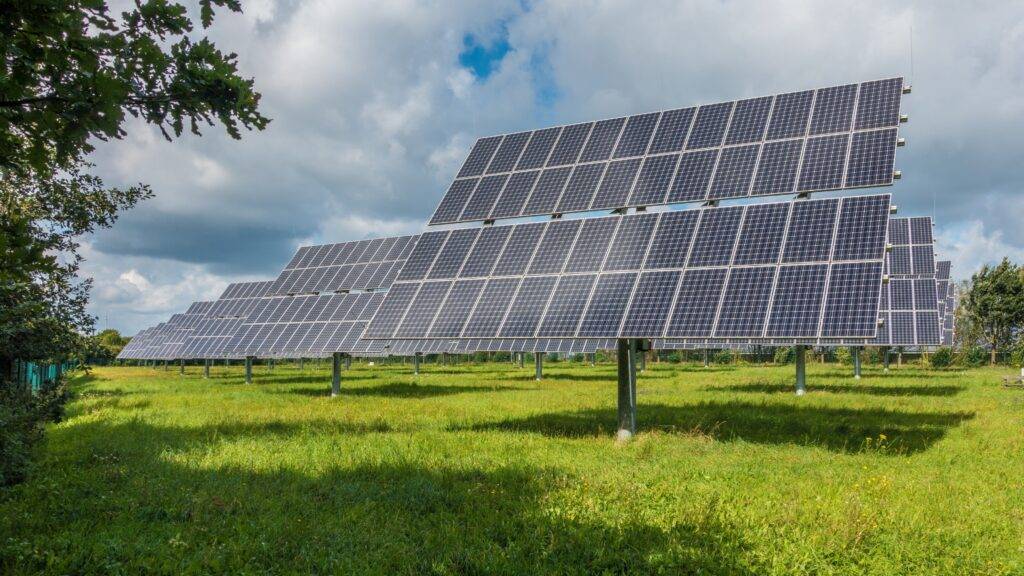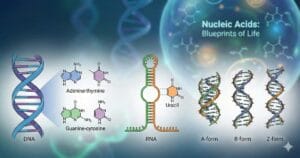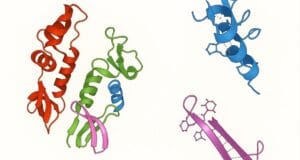
COMPETITIVE EXAM MCQs SERIES of ENVIRONMENTAL SCIENCE for UGC-NET/JRF, SLET, ARS, GATE, and other entrance tests – Energy and Environment – Solar Energy and Environmental Resilience.
Syllabus Outline
- Fundamental principles of solar energy (e.g. solar radiation, solar thermal conversion, and photovoltaic technology)
- Practical applications and technological advancements to harness solar energy.
- Environmental impacts associated with solar energy deployment (e.g. land use, resource consumption, and waste generation).
- Concepts of environmental sustainability, climate change mitigation, and adaptation strategies in the context of solar energy integration.
- Renewable energy policies, regulatory frameworks, and international agreements aimed at promoting solar energy adoption and fostering environmental sustainability.
- Integration of solar energy with environmental conservation efforts, sustainable development practices and resilience-building measures.
This quiz contains the concept-based most frequently asked 25 MCQs of “Energy and Environment – Solar Energy and Environmental Resilience“. Each question has a single correct/most appropriate answer.
*****
1. What is the primary advantage of solar energy over fossil fuels?
a) Solar energy does not require mining for resources
b) Solar energy produces fewer greenhouse gas emissions
c) Solar energy is cheaper to produce
d) Solar energy is more readily available
2. Which renewable energy source is estimated to be the least impacted by climate change?
a) Biomass energy
b) Solar energy
c) Wind energy
d) Hydropower
3. Which solar thermal technology uses mirrors to concentrate sunlight onto a small area?
a) Solar Chimney
b) Solar Pond
c) Photovoltaic Panels
d) Parabolic Trough
4. Which of the following is a concentrated solar power system?
a) Solar water heating
b) Solar panel
c) Solar tower
d) Solar photovoltaic
5. Which of the following is a type of solar collector that utilizes mirrors to focus sunlight onto a small area, generating high temperatures for cooking, heating, or power generation?
a) Parabolic trough collector
b) Evacuated tube collector
c) Parabolic dish collector
d) Flat-plate collector
6. Which solar thermal collector consists of a transparent cover, an absorber plate, and insulation, used for heating water or air in residential and commercial buildings?
a) Parabolic dish collector
b) Evacuated tube collector
c) Concentrating collector
d) Flat-plate collector
7. Which of the following is a type of solar energy storage technology that stores excess thermal energy in heated molten salt?
a) Phase change materials
b) Thermal mass storage
c) Battery storage
d) Sensible heat storage
8. Which of the following factors mainly influences the efficiency of a solar photovoltaic cell?
a) Temperature
b) Humidity
c) Precipitation
d) Wind speed
9. Assertion (A): Thin-film solar cells have lower efficiency than traditional silicon-based solar cells.
Reasoning (R): Thin-film solar cells are less expensive to produce and can be used in many applications.
a) Both A and R are true, and R is the correct explanation of the A.
b) A is false, but R is true.
c) A is true, but R is false.
d) Both A and R are true, but R is the incorrect explanation of the A.
10. What is the term for the amount of solar energy received per unit area and day?
a) Solar intensity
b) Solar insolation
c) Solar irradiance
d) Solar flux
11. Which renewable energy technology has seen a rapid price decline in recent years?
a) Biomass energy
b) Concentrated solar power
c) Onshore wind
d) Offshore wind
12. Which of the following is a characteristic of thin-film solar cells?
a) They require more maintenance and cleaning
b) They have lower efficiency but can be produced at lower costs
c) They are heavier than traditional silicon-based solar cells
d) They are less flexible and durable than traditional solar cells
13. Which material is commonly used as a substrate in thin-film solar cells?
a) Glass
b) Copper
c) Silicon
d) Aluminum
14. Which solar cell technology utilizes multiple layers of semiconductor materials to enhance efficiency?
a) Polycrystalline silicon
b) Monocrystalline silicon
c) Concentrated photovoltaics
d) Thin-film
15. What is the term for the ability of a material to emit stored heat gradually?
a) Thermal expansion
b) Thermal storage
c) Thermal conductivity
d) Thermal inertia
16. Which solar power plant has the largest capacity in the world as of 2023?
a) Noor Abu Dabhi, UAE
b) Pavagada Solar Park, India
c) Huanghe Hydropower Hainan Solar Park, China
d) Bhadla Solar Park, India
17. What is the term for the ratio of the actual performance of a solar photovoltaic system to the theoretical maximum performance under ideal conditions?
a) Conversion efficiency
b) Solar insolation
c) Fill factor
d) Capacity factor
18. Which material is commonly used as a semiconductor in thin-film solar cells?
a) Polycrystalline silicon
b) Monocrystalline silicon
c) Copper indium gallium selenide
d) Cadmium telluride
19. What is the average solar radiation received in the Earth’s outer atmosphere?
a) 1367 W/m²
b) 2000 W/m²
c) 1000 W/m²
d) 500 W/m²
20. Which of the following is a key challenge for the widespread adoption of solar energy?
a) Intermittency
b) Incompatibility with existing infrastructure
c) Limited availability of sunlight
d) High installation costs
21. Which semiconductor material is commonly used in photovoltaic cells for solar energy conversion?
a) Copper
b) Silicon
c) Zinc
d) Aluminum
22. Assertion (A): Solar energy has minimal environmental impact compared to fossil fuels.
Reasoning (R): Solar energy production does not release greenhouse gases or air pollutants into the atmosphere.
a) A is true, but R is false.
b) Both A and R are true, and R is the correct explanation of the A.
c) A is false, but R is true.
d) Both A and R are true, but R is the incorrect explanation of the A.
23. Which material is commonly used as a coolant in concentrating solar power systems?
a) Molten salt
b) Air
c) Oil
d) Water
24. What is the efficiency range of commercially available silicon-based solar cells?
a) 10-20%
b) 30-40%
c) 70-80%
d) 50-60%
25. What is the term for the maximum amount of solar radiation that can be converted into electricity by a solar cell?
a) Peak sun hours
b) Capacity factor
c) Solar insolation
d) Conversion efficiency
*****
Previous: Natural Hazards
Next: Fossil Fuels and Environmental Costs
References
- Perlin, John. (2013) Solar Energy: Renewable Energy and the Environment. CRC Press, 2nd Edition.
- Yogi Goswami, D., and Frank Kreith. (2015) Energy Efficiency and Renewable Energy Handbook, CRC Press, 2nd Edition.
- Sorensen, Bent. (2011) Renewable Energy: Physics, Engineering, Environmental Impacts, Economics & Planning. Academic Press, 3rd Edition.
- Boyle, Godfrey. (2012) Renewable Energy: Power for a Sustainable Future, Oxford University Press, 3rd Edition.

